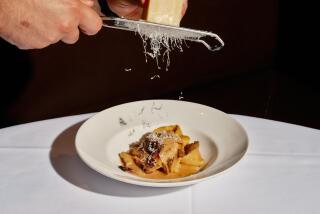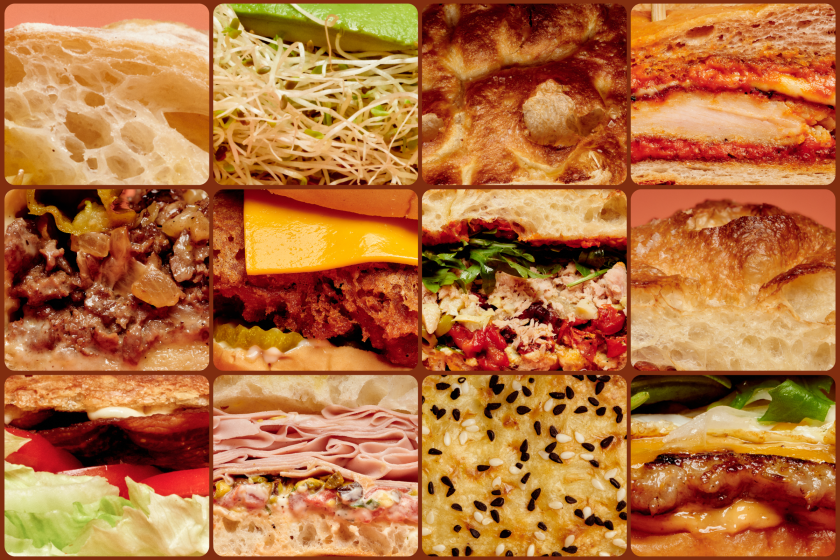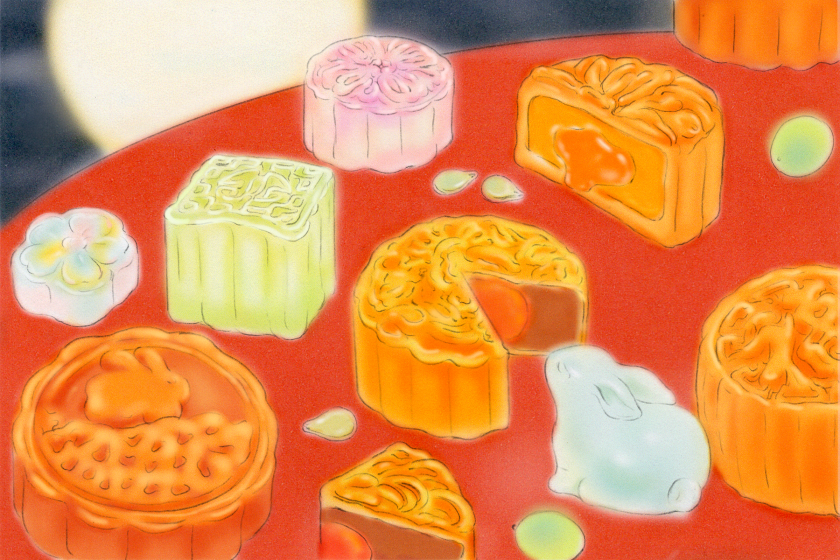Forklore: Stake dinner
The word steak is basically the same word as “stake”. Both come from the same root as the word “stick”, except that steak came by way of the language of the Vikings who conquered northern England. In Old Norse, steikja meant a piece of meat roasted on a stake, or stick--that is, on a rotating spit. As early as the 14th Century, English cookbooks were referring to “stekes of venisoun or beef.”
Probably it was a reasonably big piece of meat on that spit, and the steaks were sliced off it. That would explain how a steak came to be a cut sliced crosswise to the grain of the meat (for tenderness). In any case, the Norse steikja had a profound effect on English butchering practice. While in France and most other European nations, the main idea of butchering meat is separating the various muscles (such as the filet), English-style butchering has long occupied itself with slicing through the muscles to get steaks and chops.
We think of steak as a substantial meal today, but 200 years ago, it was considered no more than a quick snack, and you’d have apologized if you served a steak dinner. A “joint,” now--a whole roast, that is--that was a real meal.
More to Read
Eat your way across L.A.
Get our weekly Tasting Notes newsletter for reviews, news and more.
You may occasionally receive promotional content from the Los Angeles Times.









